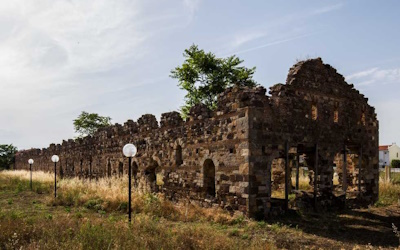
The "English Barracks" in Enez, is a long, narrow Ottoman-era structure now standing in ruins behind a rusting iron fence. Originally built as a caravanserai, it was repurposed by the British during World War I, which led to its local nickname, the "English Barracks."
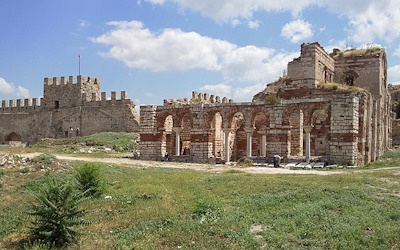
Enez Castle is a historic fortress overlooking the Aegean Sea and the Meriç River delta. Dating back to antiquity, it has been shaped by Greek, Roman, Byzantine, and Ottoman influences. With its stone walls, towers, and remnants of a Byzantine church, the castle offers a glimpse into centuries of history and stunning panoramic views.
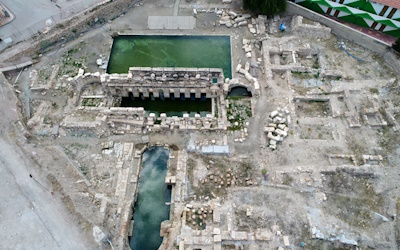
The King's Daughter Basilica in Enez, dating back to the 6th century, is a Byzantine-era church believed to have been built during Justinian I’s reign. Once a major religious center, it is linked to the Bishopric of Ainos. Local legends tell of a king’s daughter seeking refuge here. Though now in ruins, its grand architecture and historical significance make it a key landmark in Enez.
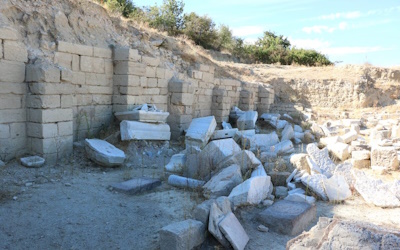
The Sublithic Necropolis in Enez is an ancient burial site dating back to the likely Bronze Age. Discovered through excavations, it reveals early settlement patterns and burial traditions of the region. The site provides valuable insights into the prehistoric communities that once thrived in Ainos (Enez).
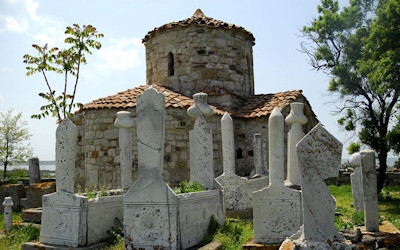
Yunus Bey Tomb is a historical Ottoman tomb dedicated to Yunus Bey, a significant military commander or local ruler. While details of his life are scarce, the tomb reflects Ottoman architectural style and stands as a symbol of his legacy, offering a glimpse into the region's Ottoman heritage.
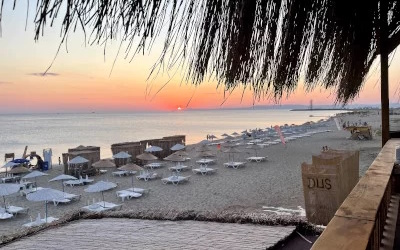
Altınkum Beach is a popular destination known for its golden sandy shores and clear blue waters. The beach is ideal for swimming, sunbathing, and relaxing, attracting both locals and tourists. Surrounded by picturesque natural scenery, Altınkum offers a peaceful escape and a perfect spot for a day by the sea.
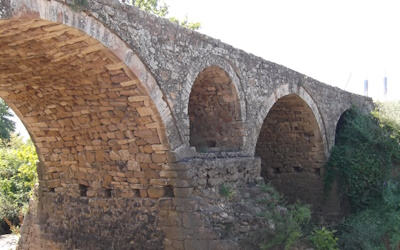
The Mercan Köy Bridges are historical structures located in the village of Mercan in Enez, Turkey. These bridges, known for their unique architectural style, were constructed during the Ottoman period. They stand as a testament to the region's rich cultural heritage and engineering skills. Today, the Mercan Köy Bridges are an important part of the local landscape, reflecting the area's historical significance and offering visitors a glimpse into the past.
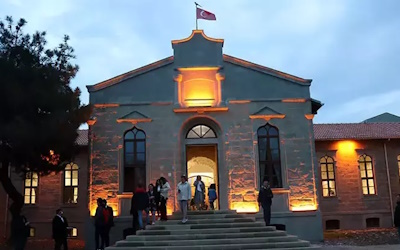
The Keşan Kent Museum, located in the town of Keşan in Turkey, showcases the region's rich cultural and historical heritage. The museum features a variety of exhibits that highlight local traditions, artifacts, and the evolution of the area over time. Visitors can explore displays of archaeological finds, historical items, and information about the town's development through the years.
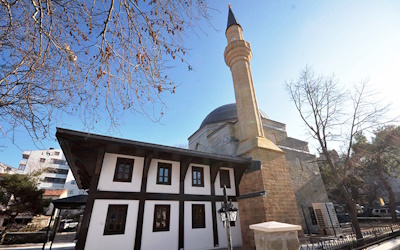
The Hersekzade Ahmet Paşa Mosque and Bath, built in the 16th century during the Ottoman period, was commissioned by Hersekzade Ahmet Paşa. Known for its Ottoman architectural style, the mosque features a large dome and a decorative minaret. The adjacent bath reflects traditional Turkish bath culture. This complex is an important historical and cultural landmark in the region.
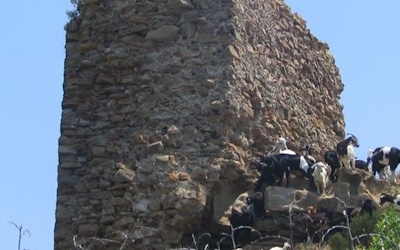
Gökçetepe Castle, located in the Gökçetepe village of Edirne, is an ancient fortress with historical significance. While its exact origins are unclear, the castle is believed to have been constructed during the Byzantine or Ottoman periods. It offers stunning views of the surrounding landscape, and its ruins are a reminder of the region’s strategic importance in the past.
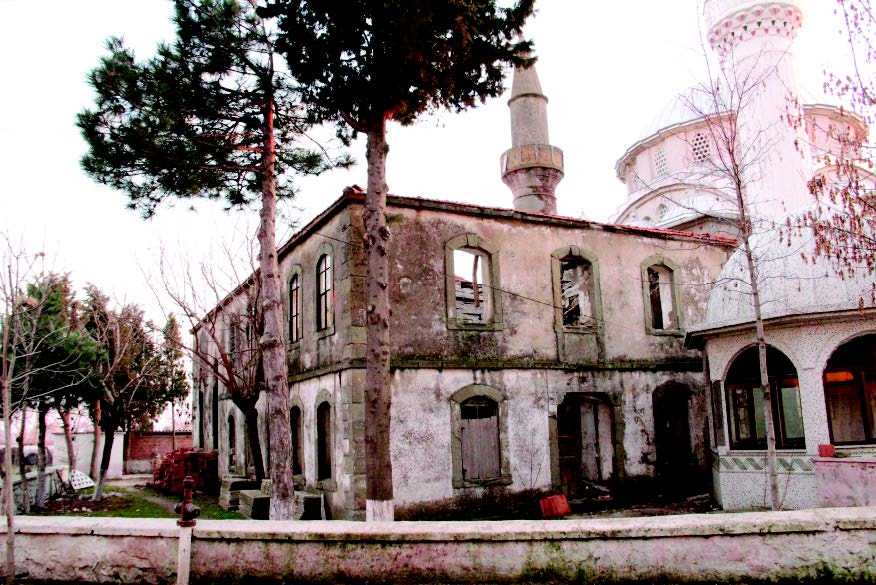
The Koyunyeri Mosque, located in Aliço Pehlivan Village (formerly Koyunyeri) in Edirne's İpsala district, was believed to have been built during the reign of Sultan Abdul Hamid II in the late 19th century. Over time, the mosque deteriorated, and by the late 1980s, its structure began to collapse. Due to its dilapidated state, a new mosque was constructed adjacent to it in 1994. The original mosque continued to decay and was completely demolished by the village residents in late 2018 for safety reasons.
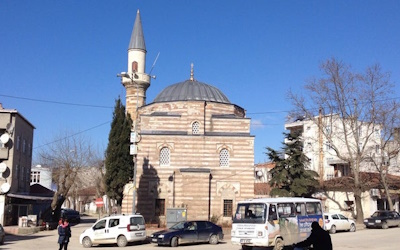
Alaca Mustafa Paşa Mosque is an Ottoman-era mosque built in the 15th or 16th century. Named after Mustafa Paşa, a high-ranking Ottoman official, the mosque features traditional Ottoman architectural elements, including a single dome and a stone minaret. Though small in size, it holds historical and cultural significance in the region.
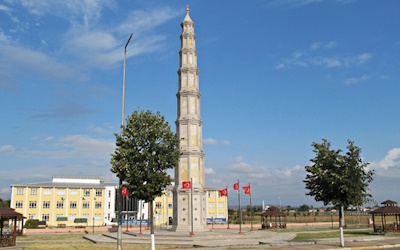
The İpsala Martyrs' Memorial was originally located near the industrial market area. It was built to commemorate the soldiers who died in the Balkan war in the İpsala region. In 2018, it was demolished and relocated in front of the İpsala Vocational School. The monument serves as a site for commemorative ceremonies, such as wreath-laying events, to honor fallen soldiers.
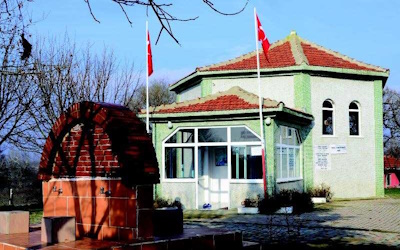
Believed to belong to the followers of Hacı Bektaş Veli, the tomb had a distinctive heptagonal structure but has lost its original form. It featured a front entrance hall and was covered with a tiled wooden roof. The exterior was adorned with mosaic tiles, and inside, two graves were present. One bore an inscribed headstone, while the other, with a fabric-wrapped headstone, suggested it belonged to a woman.
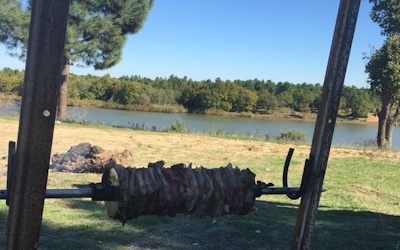
Mandadere Picnic Area is a scenic nature spot ideal for picnicking, hiking, and outdoor relaxation. Surrounded by lush forests and a flowing stream, it offers tranquil trails and fresh air for visitors seeking a peaceful escape.
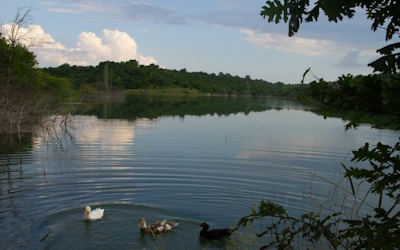
Karayusuflu Pond Picnic Area is a serene getaway surrounded by nature, perfect for picnicking, hiking, and fishing. The peaceful pond and green surroundings make it an ideal spot for relaxation and outdoor activities.
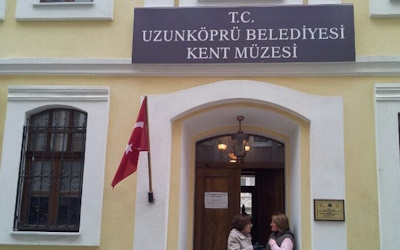
Uzunköprü Kent Museum is dedicated to showcasing the history, culture, and heritage of Uzunköprü and its surrounding areas. Visitors can explore a variety of exhibits, including archaeological findings, historical artifacts, and displays that reflect the region's rich past. The museum highlights the town's architectural landmarks, its Ottoman heritage, and the cultural evolution over the centuries, offering insights into the daily life and traditions of the local people throughout history.
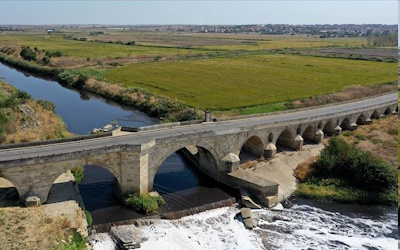
Ergene Bridge is the world's longest stone bridge, stretching over 1,400 meters across the Ergene River in Edirne Province, Turkey. Built in the 15th century during the Ottoman period, it features 174 arches and was designed to facilitate trade and transportation. This architectural marvel is celebrated for its historical significance and engineering excellence, making it a prominent landmark in the region and a prime example of Ottoman bridge construction.
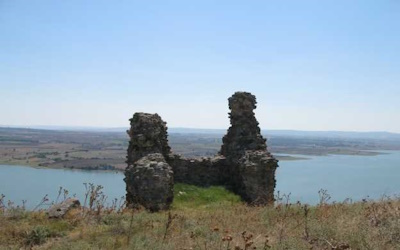
Altınyazı Castle is a historical structure located in the Altınyazı village near the town of Keşan. The castle dates back to the Byzantine period, serving as a defensive fortification in its time. Today, it lies in a partially ruined state, with only remnants of its walls and towers still standing. Despite its historical significance, there have been no major renovations or large-scale restorations, leaving the castle to reflect the passage of time and its role in the region's ancient defenses.
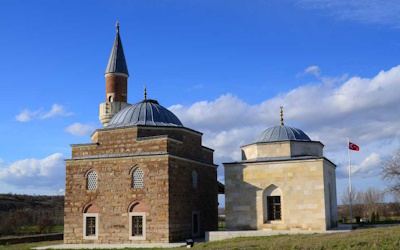
The Gazi Turhan Bey Mosque and Tomb is an Ottoman-era structure built by the military leader Gazi Turhan Bey. The mosque features classic Ottoman architecture with a large dome and minaret, while the adjacent tomb commemorates the important figure. Both the mosque and tomb serve as key cultural and historical landmarks, reflecting the region's heritage.
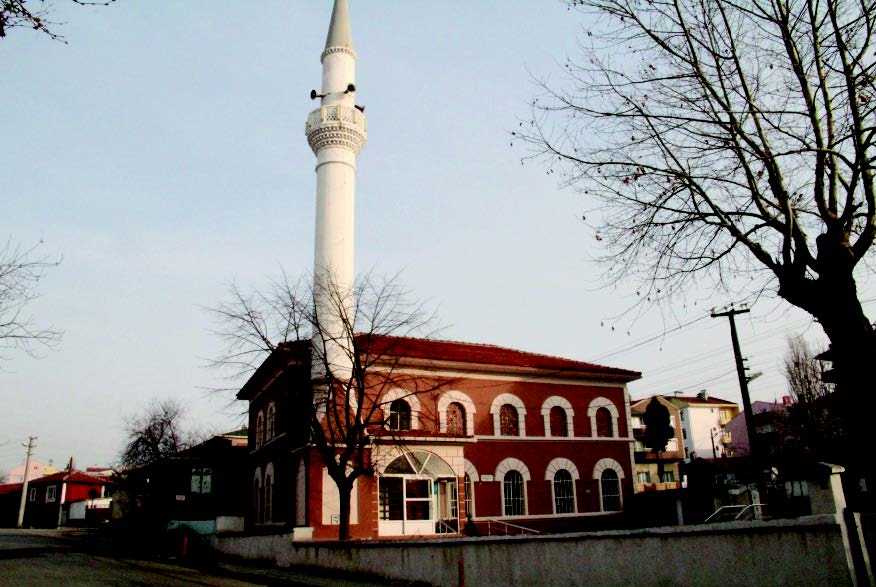
The Boşnak Mustafa Mosque, built in the 16th century, is an example of Ottoman architecture with a distinctive rectangular plan and a single minaret. Known for its simple yet elegant design, it reflects the Ottoman influence on the region's religious structures. The mosque's charm lies in its simplicity, with a small, intimate prayer hall that serves as a community space for worship.
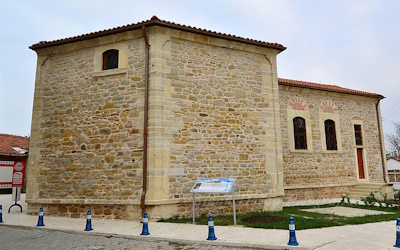
St. Ioannis Church is an important historical and religious site with roots dating back to the Byzantine era. The church is dedicated to Saint John the Baptist and has served various religious purposes throughout its long history. The structure showcases a mix of Byzantine and Ottoman architectural styles, reflecting the region's rich cultural and religious heritage.
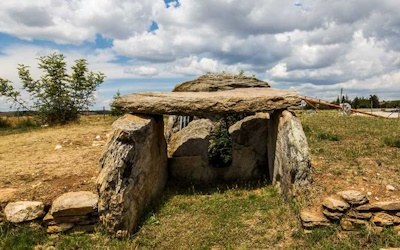
Dolmens in Lalapaşa are prehistoric stone structures that are found in the Edirne Province of Turkey. These dolmens, which date back to the Bronze Age, are believed to have been used as burial sites or ritual spaces. They are typically large, stone slabs arranged in a tomb-like structure, with a covering stone placed on top.
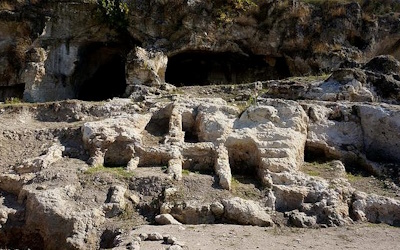
Sinanköy Castle, located in Edirne Province, is notable for its unique construction, with parts of the castle engraved directly into stone, resembling cave-like structures. These remnants, along with walls and towers, reflect the site’s strategic military significance during the Byzantine or early Ottoman period. Despite erosion, its stone carvings offer a glimpse into the region's medieval past.
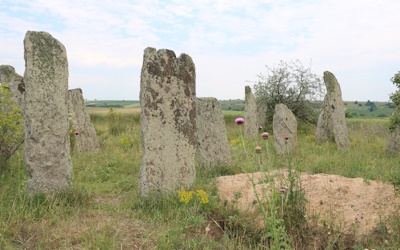
These stones, which date back to the Bronze Age, are believed to have served as burial sites or ritual spaces for ancient communities. The structures consist of large, upright stones arranged in a chamber-like formation, with some stones still standing and others scattered around. The Lalapaşa Standing Stones are significant both historically and archaeologically, providing valuable insights. They are part of a larger concentration of dolmens and megalithic structures in the area.
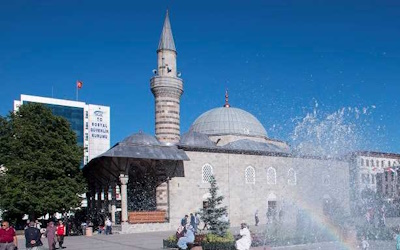
The Central Mosque is a significant historical mosque constructed in 1562 by Lala Mustafa Pasha, a prominent Ottoman statesman and military leader. Serving as the first Ottoman mosque in the region, it set a precedent for subsequent Ottoman architectural designs in the area. Adjacent to the mosque, there was once a palace and a primary school, though these structures have not survived to the present day.
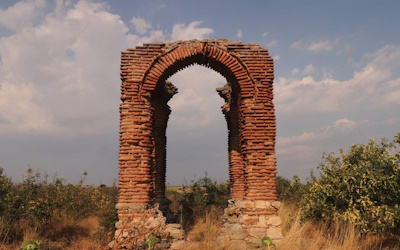
The Tatarlar Village Tomb is a historic mausoleum located in the Ayazma area of Tatarlar Village, within the Süloğlu district of Edirne Province, Turkey. Constructed in the 14th century, this structure exemplifies the "baldaken" form of Turkish architecture, characterized by a canopy-like roof supported by four columns.
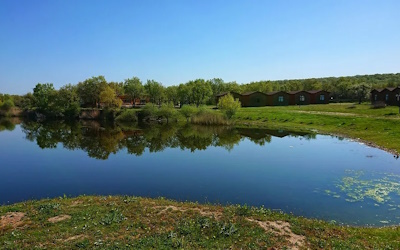
The Küküler Picnic Area is a natural spot located in the Küküler Village, offering a peaceful environment for outdoor activities like picnics and hiking. Known for its scenic surroundings, it provides visitors with a relaxing atmosphere to enjoy the beauty of nature.
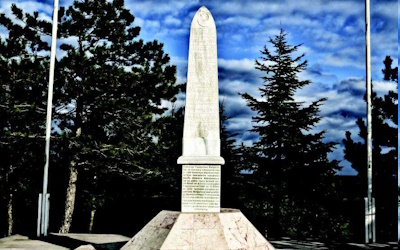
The monument was built in memory of Ottoman soldiers who died a martyr’s death in the region during the Balkan War. Historical information regarding the war that led to the erection of the monument states that during the Balkan War, the 3rd Division of the Ottoman Army and the Izmit Redif Division fought against two Bulgarian army divisions in the Geçkinli region. The enemy’s attempt to capture the hill north of the village of Geçkinli led to an intensification of the conflict in this area, resulting in many martyrdoms among the Ottoman forces.

Built by Sokullu Mehmet Paşa in 1576-77 and designed by Mimar Sinan, this mosque was constructed in memory of Paşa’s son, Mihrimaran Kasım Paşa. The square mosque features a lead-coated dome, a marble mihrab with intricate motifs, and decorative wooden windows. It is part of a külliye that includes an imaret, caravanserai, and hamam. The minaret, destroyed during the Balkan Wars, was later rebuilt.
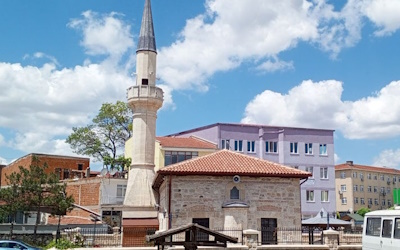
Believed to have been built between 1512 and 1520 by Defterdar Abdüsselam, the treasurer of Sultan Selim I, it is the oldest mosque in Havsa. The mosque was damaged by an earthquake in 1752 and later by the 1877 Russo-Turkish War but was repaired in 1891 by Hacı Süleyman Efendi. After being used as a classroom and storage space due to lack of congregational use, the mosque was reopened for worship in 1983. The mosque's minaret was restored in 1997.
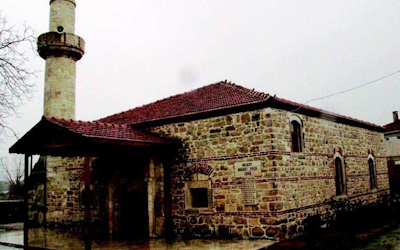
The Mahmut Paşa Mosque in Hasköy is believed to have been built in the 15th century. The original mosque was completely destroyed in the 1752 earthquake, and the current structure was built in its place. Only a few stones from the mihrab of the original mosque remain.
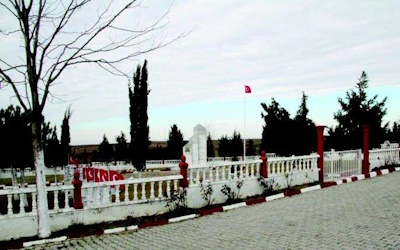
The Havsa Martyrs Memorial is located within the Havsa Cemetery, sharing the same parcel of land. The memorial is separated from the cemetery by a surrounding wall. Inside, there is a marble monument, and the area in front of the memorial is paved with cobblestones. The memorial honors the martyrs of the region.

